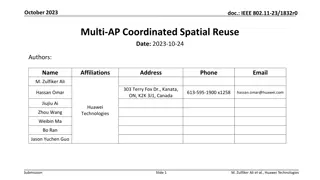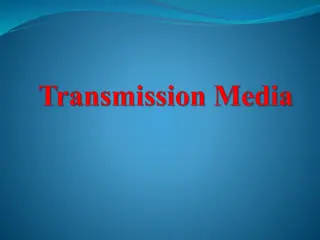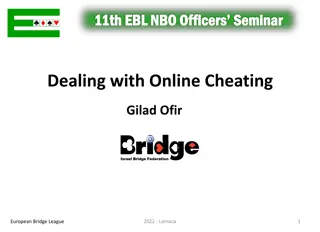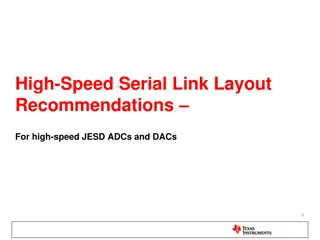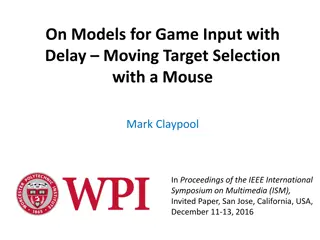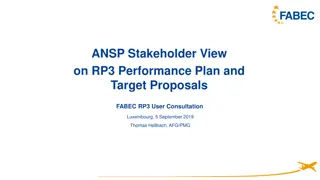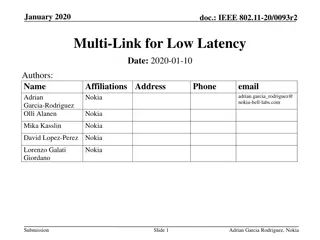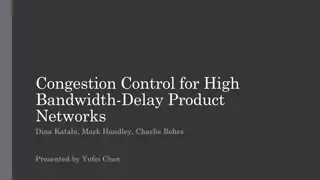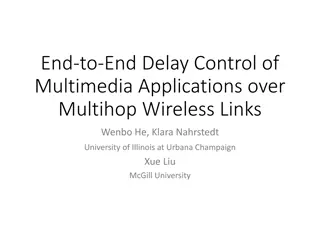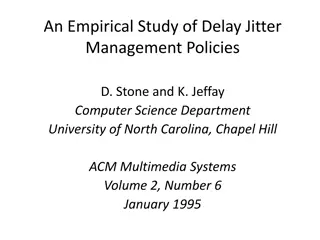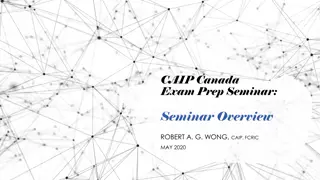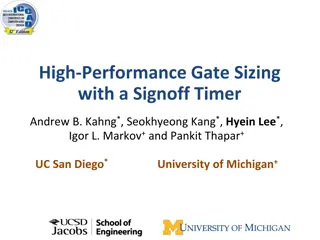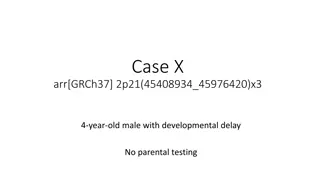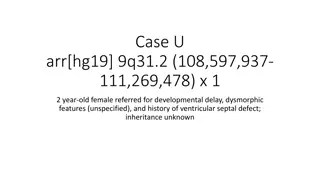Seminar on Crosstalk Delay Analysis
This seminar explores the impact of crosstalk delay on VLSI design, focusing on aggressor nets, timing correlation, and functional correlation. Understand how neighboring nets influence timing and charging currents in VLSI circuits.
Download Presentation

Please find below an Image/Link to download the presentation.
The content on the website is provided AS IS for your information and personal use only. It may not be sold, licensed, or shared on other websites without obtaining consent from the author. Download presentation by click this link. If you encounter any issues during the download, it is possible that the publisher has removed the file from their server.
E N D
Presentation Transcript
19/12/16 Seminar on CROSS TALK DELAY ANALYSIS PAVITHRA S 2nd Sem M.Tech VLSI Design & Embedded Systems Dept. of E&IE, SIT,Tumkur
CROSS TALK DELAY AGGRESSOR NET STUDY AGGRESSOR SWITCHING IN SAME DIRECTION AGGRESSOR SWITCHING IN OPPOSITE DIRECTION POSITIVE AND NEGATIVE CROSSTALK ACCUMULATION WITH MULTIPLE AGGRESSORS AGGRESSOR VICTIM TIMING CORRELATION AGGRESSOR VICTIM FUNCTIONAL CORRELATION
When a neighboring net is switching, the charging current through the coupling capacitance impacts the timing of the net. Figure below shows net N1 which has a coupling capacitance Cc to a neighboring net (labeled Aggressor) and a capacitance Cg to ground.
Net N1 has a rising transition at the output and considers different scenarios depending on whether or not the aggressor net is switching at the same time. The driving cell for the net N1 provides the charge for Cg and Cc to be charged to Vdd. The total charge provided by the driving cell of this net is thus (Cg +Cc) * Vdd.Table shows Base delay calculation- no crosstalk
The driving cell is aided by the aggressor switching in the same direction. If the aggressor transitions at the same time with the same slew (identical transition time), the total charge provided by the driving cell is only (Cg * Vdd). If the slew of the aggressor net is faster than that of N1, the actual charge required can be even smaller than (Cg * Vdd). Therefore, the aggressor switching in the same direction results in a smaller delay for the switching net N1.
The coupling capacitance is charged from -Vdd to Vdd. The charge on coupling capacitance changes by (2 * Cc * Vdd) before and after the transitions. This scenario results in a larger delay for the switching net N1; the increase in delay is labeled as positive crosstalk delay. Table shows Aggressor switching in opposite direction - positive crosstalk.
The reduction in delay is labeled as negative crosstalk delay Table shows Aggressor switching in same direction negative crosstalk.
The charge required for the coupling capacitance Cc is larger when the coupled net and victim net are switching in the opposite directions. The aggressor switching in the opposite direction increases the amount of charge required from the driving cell of the victim net and increases the delays for the driving cell and the interconnect for the victim net. When the coupled net and the victim net are switching in the same direction, the charge on Cc remains the same before and after the transitions of the victim and aggressor. This reduces the charge required from the driving cell of the victim net. The delays for the driving cell and the interconnect for the victim net are reduced.
Concurrent switching of victim and aggressor affects the timing of the victim transition. Figure below shows Positive crosstalk delay.
The negative crosstalk affects the timing of the driving cell as well as the interconnect - the delay for both of these is reduced. Figure below shows Negative crosstalk delay. The worst positive and worst negative crosstalk delays are computed separately for rise and fall delays.
The crosstalk delay analysis with multiple aggressors involves accumulating the contributions due to crosstalk for each of the aggressors. When multiple nets switch concurrently, the crosstalk delay effect on the victim gets compounded due to multiple aggressors. Coupling due to multiple aggressors add the incremental contribution fromeach aggressor. Contributions can be added using root-mean-squared (RMS) which is less pessimistic than the straight sum of individual contributions.
The crosstalk can affect the delay of the victim, only if the aggressor can switch at the same time as the victim. The timing windows represent the earliest and the latest switching times during which a net may switch within a clock cycle. If the timing windows of the aggressor and the victim overlap, the crosstalk effect on delay is computed. Possible effect in various timing bins is computed and the timing bin with the worst crosstalk delay impact is considered for delay analysis. The four types of crosstalk delays are positive rise delay (rise edge moves forward in time), negative rise delay(rise edge moves backward in time), positive fall delay and negative fall delay.
The aggressor nets (A1, A2, A3) are capacitively coupled to the victim net (V) and also their timing windows overlap with that of the victim. Figure below shows the timing windows and the possible crosstalk delay impact caused by each aggressor
In this example, the timing window overlap region is divided into three bins - each bin shows the possible aggressors switching. Bin 1 has A1 and A2 switching which can result in crosstalk delay impact of 0.26 (= 0.12+ 0.14). Bin 2 has A1 switching which can result in crosstalk delay impact of 0.14. Bin 3 has A3 switching which can result in crosstalk delay impact of 0.23. A net can be coupled to aggressors A1, A2, A3 andA4. During crosstalk delay analysis, it is possible that A1, A2, A4 contribute to positive rise and negative fall delay contributions whereas A2 and A3 contribute to negative rise and positive fall delay contributions.
Timing windows, crosstalk delay calculation can consider the functional correlation between various signals. The scan control signals only switch during the scan mode and are steady during functional or mission mode of the design. The scan control signals can not be aggressors during the functional mode. The scan control signals can only be aggressors during the scan mode in which case these signals can not be combined with the other functional signals for worst-case noise computation.
Another example of functional correlation is a scenario where two aggressors are complements of each other. For such cases, both signal and its complement can never be switching in the same direction for crosstalk noise computation. This type of functional correlation information, when available, can be utilized so that the crosstalk analysis results are not pessimistic by ensuring that only the signals which can actually switch together are included as aggressors.
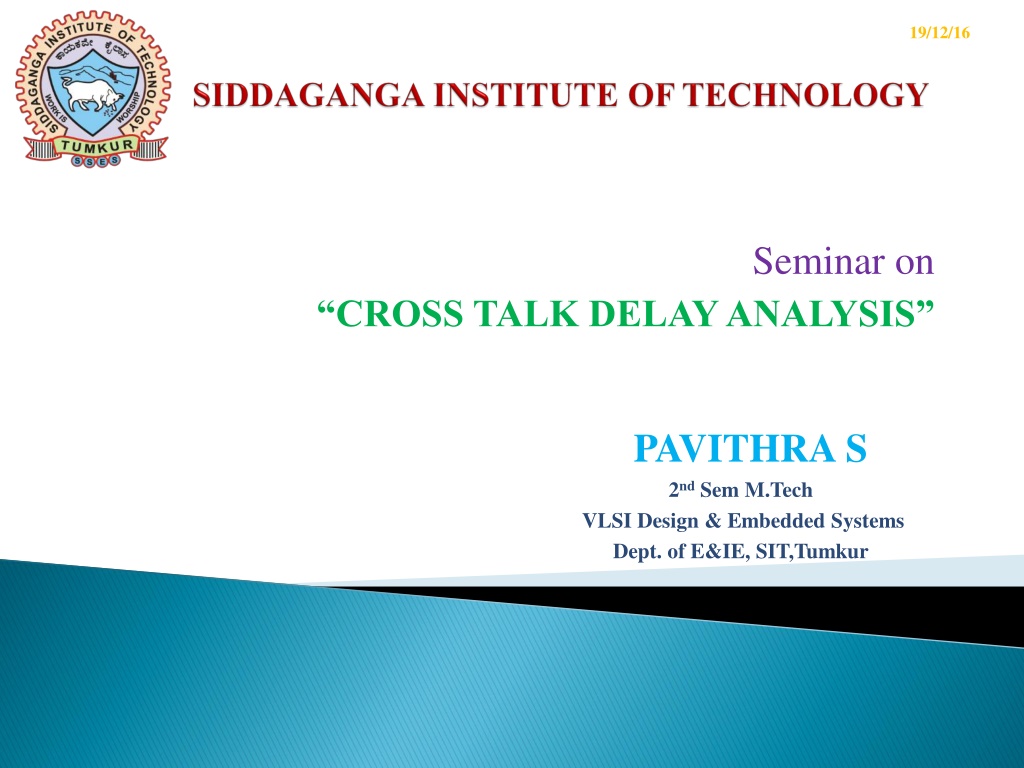
 undefined
undefined









